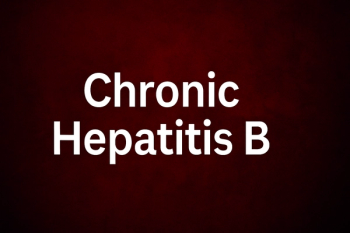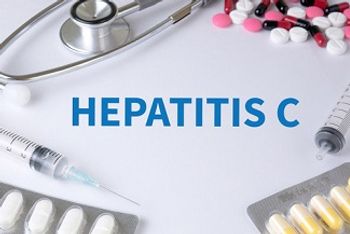
Severe Varicella-Related Hospitalizations Occur in Vaccinated, But Mostly Unvaccinated Children
Investigators find that severe hospitalization cases of varicella still occur in vaccinated children, yet not vaccinating against the virus confers the greatest threat.
Severe hospitalized cases of varicella occur primarily in unvaccinated children, yet these cases are still reported in children in a 1-dose vaccination program, according to a study in the Journal of Infectious Diseases. Additionally, the investigators found that viral genotyping was important for monitoring disease caused by the Oka-vaccine strain in complex hospitalized cases.
“In an era of 1-dose varicella programs in Australia, continued strain surveillance is important: virus genotyping should especially be considered in children with VZV disease who have previously been vaccinated with varicella vaccine or who are immunocompromised,” the investigators, led by Helen Marshall, MD, wrote.
“Our results show varicella breakthrough disease due to waning immunity or primary vaccine failure was responsible for over a quarter of hospitalized cases, although over half of these cases were in immunocompromised children,” they added. “Although we found an association between being immunocompromised and reduced likelihood of complications, this may have been attributed to differences in admitting practices and management, whereby immunocompetent children are less likely to be hospitalized following varicella infection unless a complication is present and less frequently receive antiviral treatment.”
The investigators enrolled 327 children who were hospitalized with varicella (n = 238) or herpes zoster (n = 89) at 5 different tertiary pediatric hospitals in 5 Australia states. Cases of varicella and herpes zoster were defined as any child between the ages of 1 month and 15 years of age hospitalized with laboratory- or clinical-confirmed varicella as well as any child who was hospitalized with a vesicular rash and a dermatomal distribution with or without laboratory confirmation, respectively.
A length of hospital stay >7 days and/or admission to the intensive care unit (ICU) represented severe cases of hospitalized varicella. The investigators swabbed lesions for genotyping. Single nucleotide polymorphism (SNP) detection was used to differentiate between wild-type and vaccine strains using an analysis of Orf1, 21, 37, 60, and 62 gene targets as well as a DNA sequence analysis of ORF22.
Approximately 18% of immunocompetent children had clinical evidence of prior vaccination against varicella or herpes zoster. Children were more likely to be immunocompromised if they were vaccinated vs unvaccinated (48.2% vs 26.9%, respectively; P =.007). Children aged >18 months who were vaccinated were significantly less likely to present with severe disease when compared with unvaccinated children (9% vs 21%, respectively; P =.05).
Breakthrough disease was associated with fewer varicella lesions compared with unvaccinated patients (33% vs 75% of having ≥50 lesions, respectively; P =.002). The Oka/vaccine strain was associated with varicella (n=2) or zoster (n=2) in patients who had virus genotyping data available for analysis. Clades of European origin were significantly associated with more severe disease in the overall cohort (odds ratio 3.2; 95% CI 1.1-9.5); P =.04).
Clinical diagnosis, rather than standardized laboratory confirmation, was used to define varicella in this study, which may have led to misdiagnoses or misclassifications. Additionally, the findings from this analysis may lack wide scale generalizability, considering only patients from 5 states in Australia were enrolled in the
“Although disease in vaccinated children is considerably attenuated, it has the potential for serious health-related outcomes. A second dose of varicella vaccine could provide increased protection against varicella and further reduce VZV-related disease and hospitalizations, albeit at an increased cost,” the investigators concluded. “Although targeted strategies are often less successful than population programs, a second dose could be considered if children at risk of complications or severe disease could be identified. Our study indicates this would be difficult to implement with no obvious associations with severity apart from genotype and country of birth.”
Newsletter
Stay ahead of emerging infectious disease threats with expert insights and breaking research. Subscribe now to get updates delivered straight to your inbox.

















































































































































































































































































































